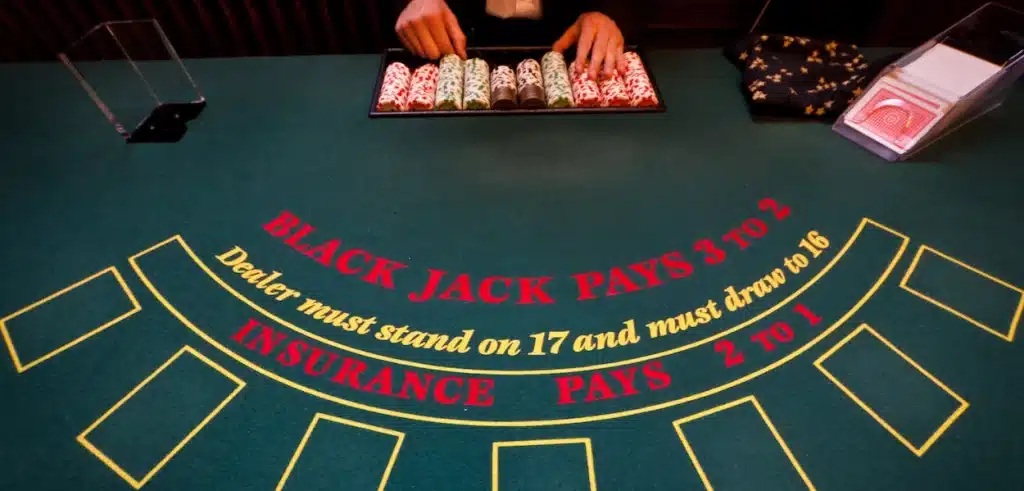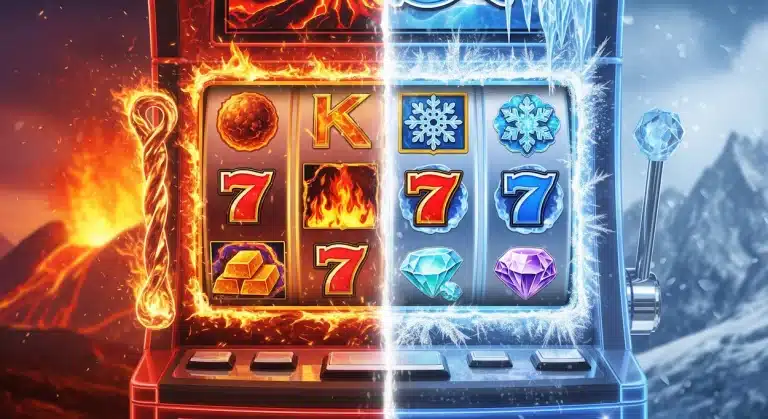For many, blackjack seems like a simple, universal game: get as close to 21 as possible without going over. However, this perception of uniformity is a significant pitfall for the unwary player. The reality is that blackjack rules are not standardized. Casinos and online platforms frequently alter specific table rules, which in turn can have a dramatic effect on the house edge and require a fundamental shift in a player’s strategic approach. A skilled player knows that the first step to winning is not just knowing when to hit or stand, but knowing which table to play at in the first place.
Every rule change, no matter how minor it seems, is a deliberate calculation by the casino to fine-tune its profitability. Understanding these variations and their impact is the key to minimizing the house’s advantage and maximizing your chances of long-term success. This article will delve into the most common blackjack rule variations and explain how each one dictates a change in your basic strategy.
The Critical Payout Rule: 3:2 vs. 6:5
The single most important rule to check before sitting down at any blackjack table is the payout for a natural blackjack (an Ace and a 10-value card). The traditional and most player-friendly payout is 3:2, meaning a $10 bet on a natural blackjack wins you $15. However, due to its profitability, many casinos have switched to a 6:5 payout, where the same $10 bet only wins you $12.
This seemingly small change has a monumental effect on the house edge. The switch from 3:2 to 6:5 adds approximately 1.39% to the house edge, effectively wiping out the advantage that a basic strategy player typically has. The simple strategic adjustment here is to avoid 6:5 tables at all costs. Finding a 3:2 table should be your top priority, as it is the foundation for any successful blackjack strategy.
Dealer’s Actions: Hit or Stand on a Soft 17
Another crucial rule that impacts strategy is what the dealer does on a soft 17 (a hand containing an Ace that can be counted as 11, such as Ace-6). Most tables require the dealer to stand on all 17s. However, some rules state that the dealer must hit on a soft 17. This seemingly minor difference slightly increases the house edge because the dealer now has a chance to improve their hand.
For a player, this variation requires a few adjustments to basic strategy. For example, if you have a total of 18 (e.g., a 10-8) and the dealer is showing a soft 17, you would stand. But if the dealer is required to hit on a soft 17, some basic strategy charts may advise you to hit a weak 18 against a certain dealer upcard. It’s a subtle but important change that highlights the need to consult a strategy chart that matches the specific rules of the table you’re playing at.
Player Options: Doubling Down, Splitting, and Surrender
The rules governing a player’s options can also significantly alter the game’s dynamics.
Doubling Down: A liberal doubling rule is a major advantage. Some tables allow you to double down on any two cards, while others restrict this option to hands totaling 9, 10, or 11. The ability to double down on any hand, including soft totals, gives you more flexibility and lowers the house edge.
Splitting Pairs: Not all tables allow you to re-split pairs, and some restrict re-splitting aces. Being able to split and re-split pairs, especially aces, multiple times can be a huge advantage. A player who knows the rules can take advantage of this by splitting an initial pair of Aces to create two strong hands, and if they get another Ace, they can split again.
Surrender: The surrender option allows you to give up half of your bet in exchange for not playing out the hand. Early surrender, which allows you to surrender before the dealer checks for blackjack, is the most beneficial to the player but is extremely rare. Late surrender, which allows you to surrender after the dealer checks for blackjack, is more common and can be a valuable strategic tool. Knowing when to use surrender can reduce the house edge by a fraction of a percent.
The Impact of Deck Count
Finally, the number of decks used in the shoe plays a vital role. The fewer the decks, the lower the house edge, and the more effective a card counting strategy becomes. A single-deck game has the lowest house edge, while a shoe with six or eight decks increases it. This is because a single deck makes it easier to track the ratio of high-to-low cards. While card counting is a skill practiced by few, even a basic strategy player benefits from the slightly lower house edge that comes with a fewer-deck game.
In conclusion, a true blackjack professional understands that no two tables are exactly alike. The rules define the game, and a seemingly minor adjustment can completely change the optimal way to play. By being aware of these variations—from payouts and dealer actions to doubling rules and deck count—you move from a player who relies on luck to one who commands a deeper, strategic understanding of the game, ultimately improving your chances of coming out ahead.







